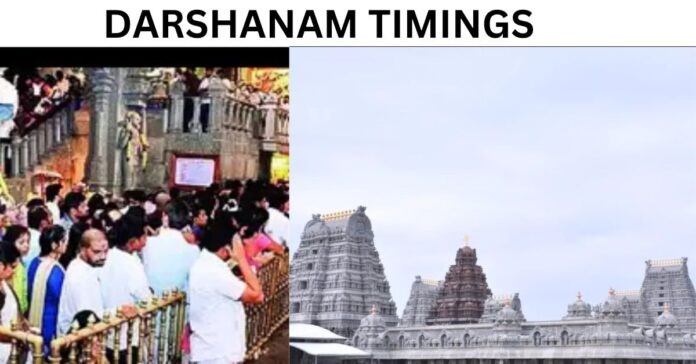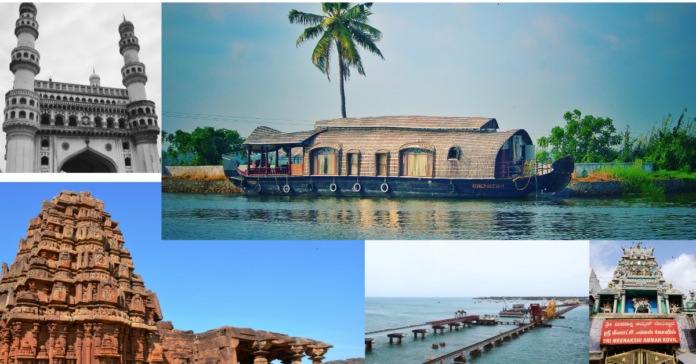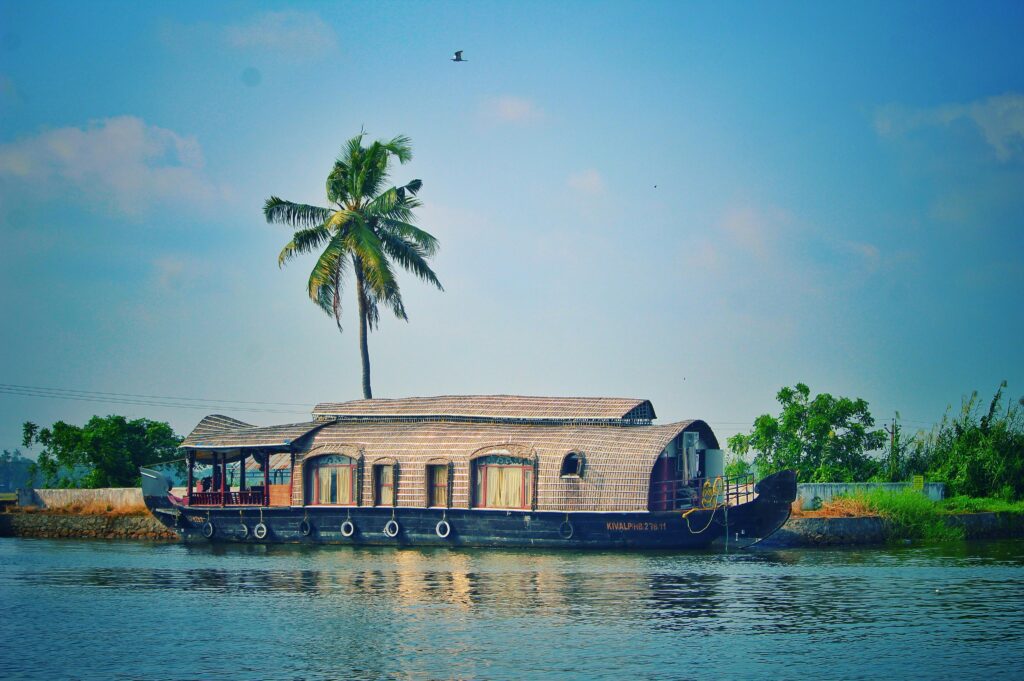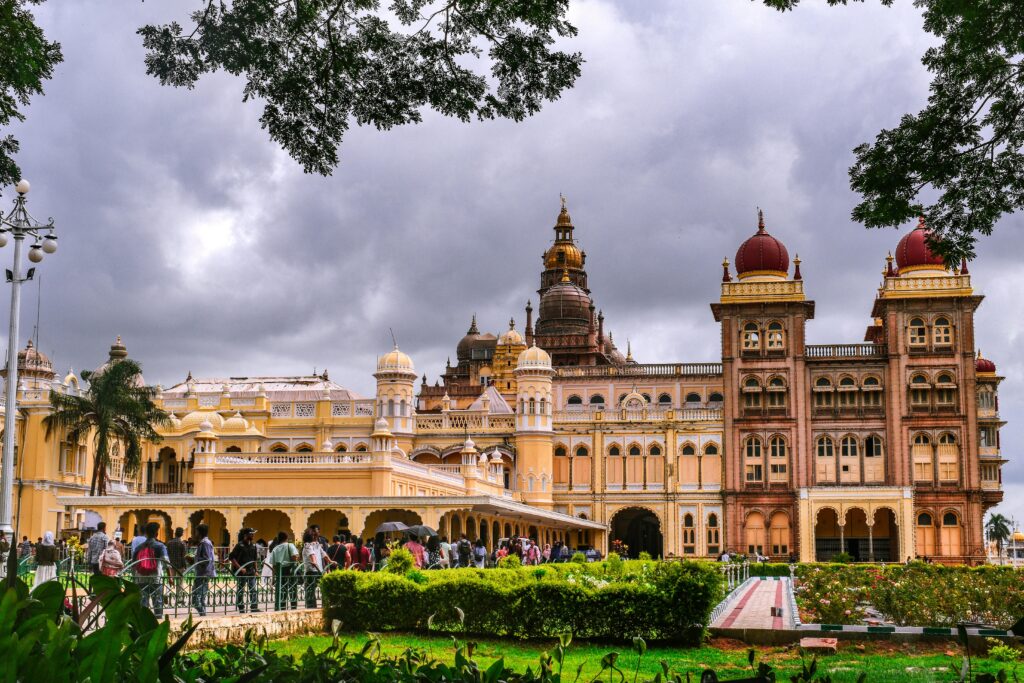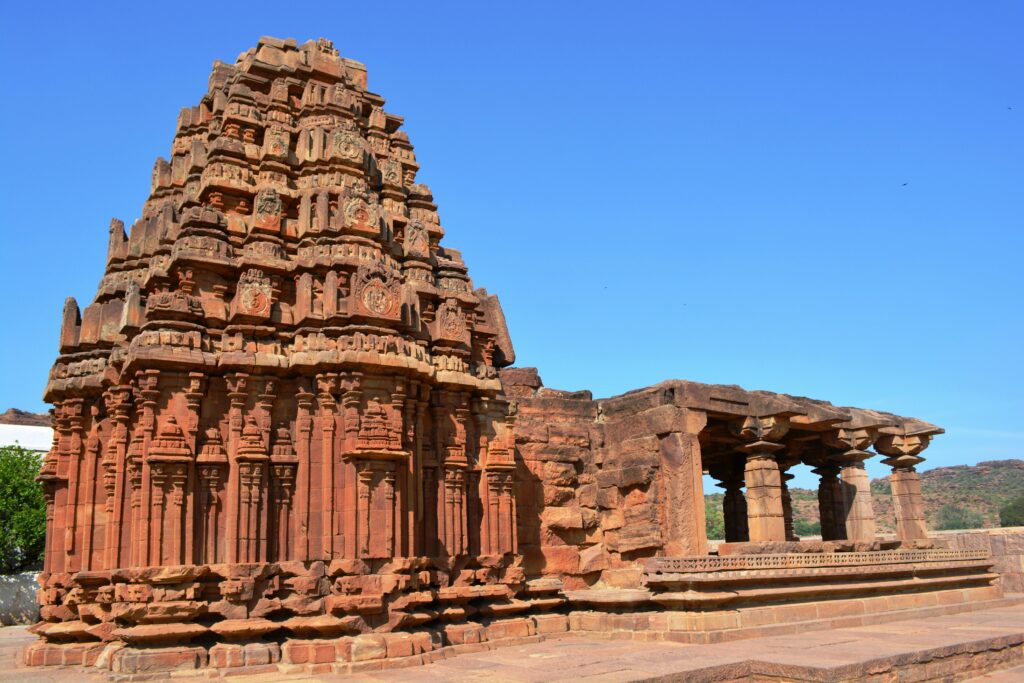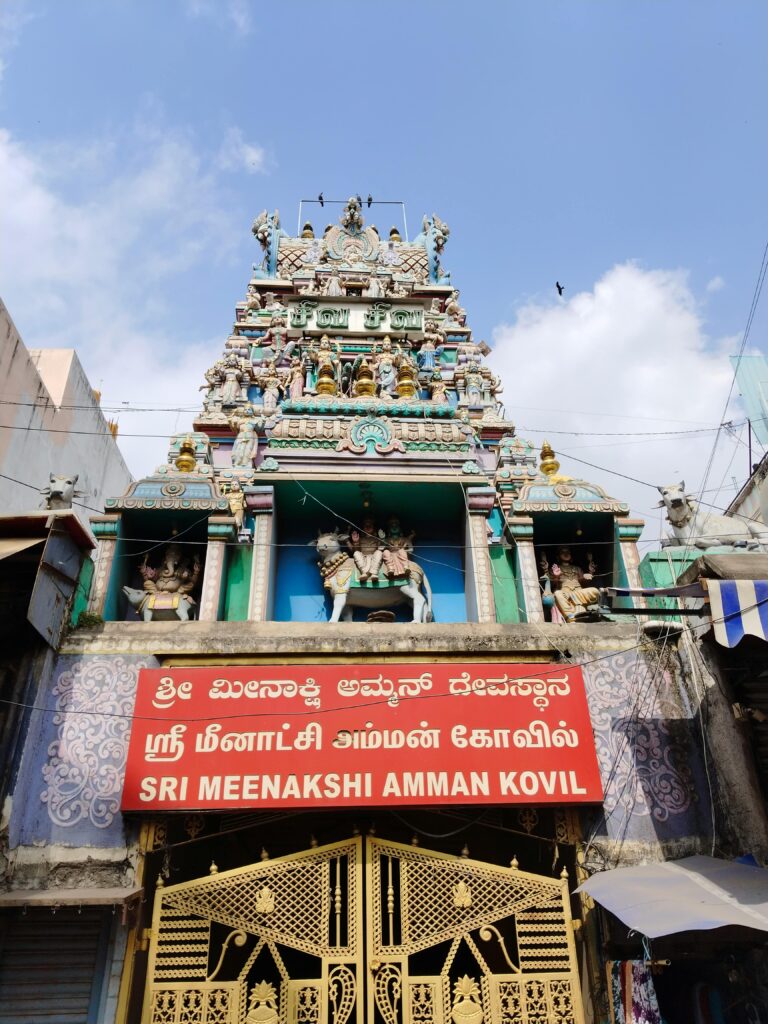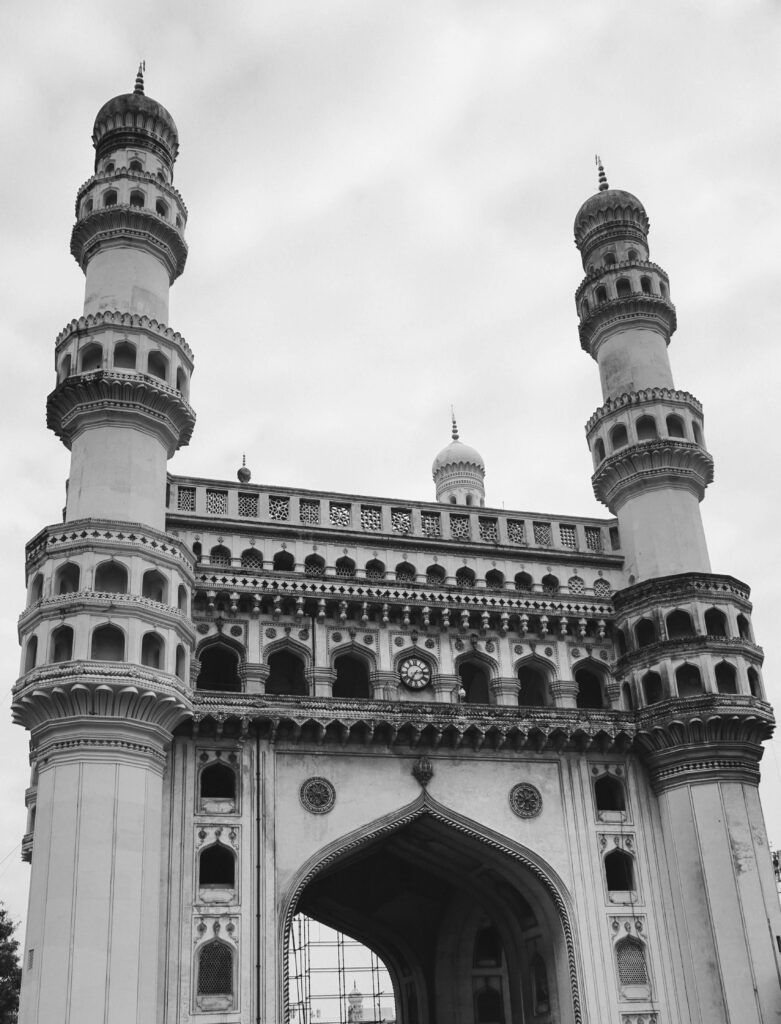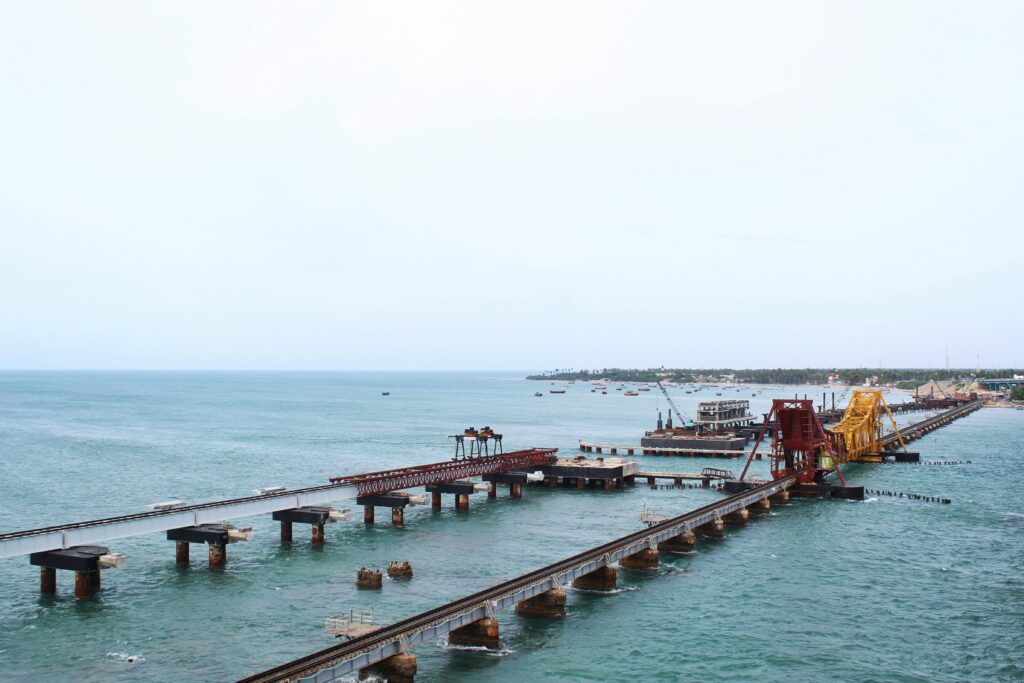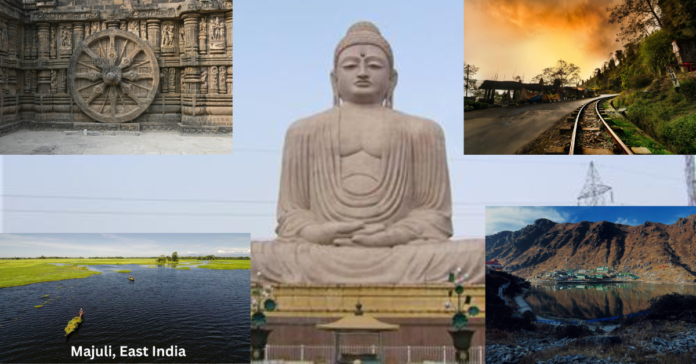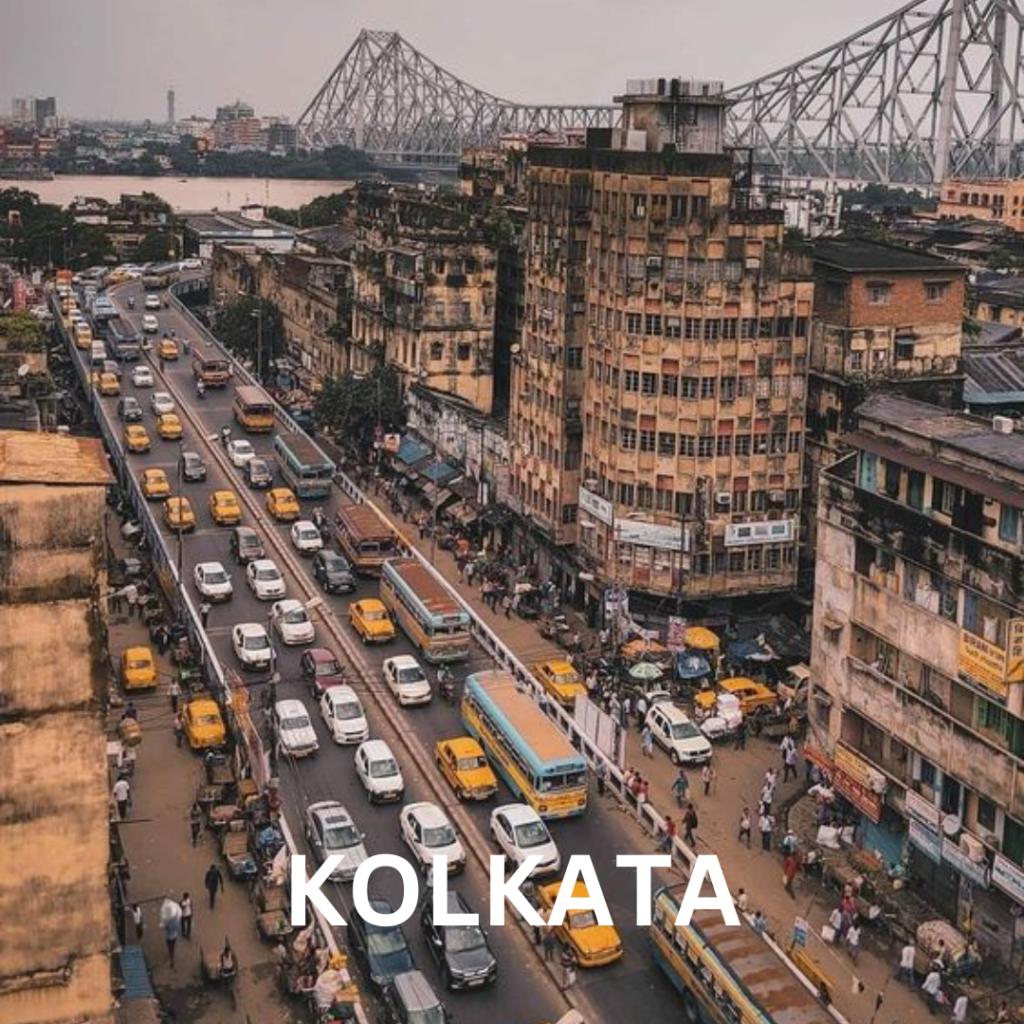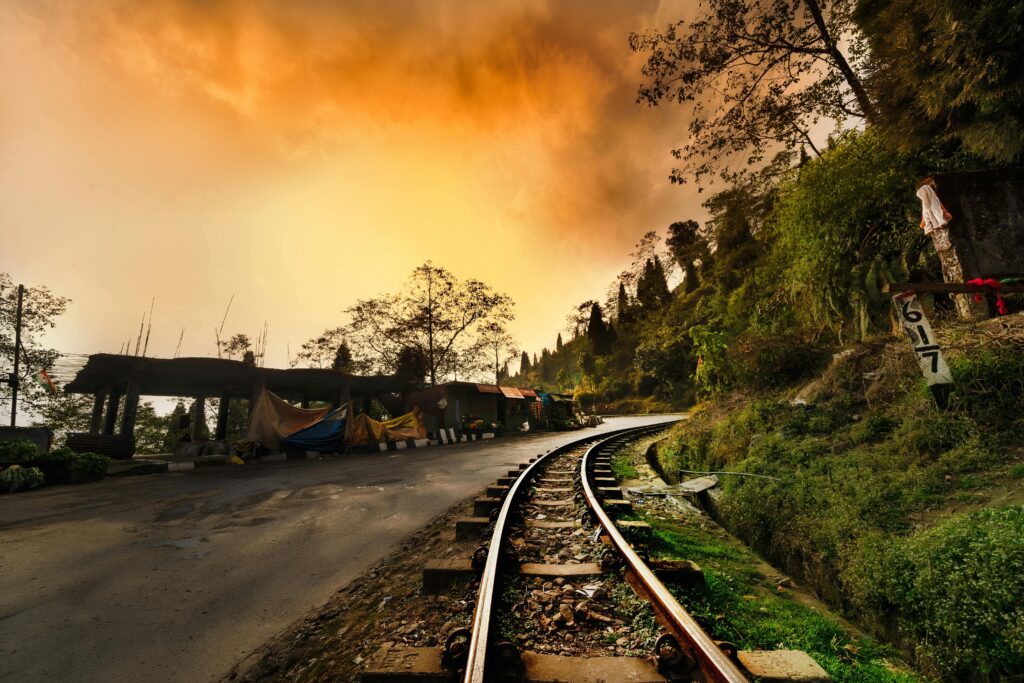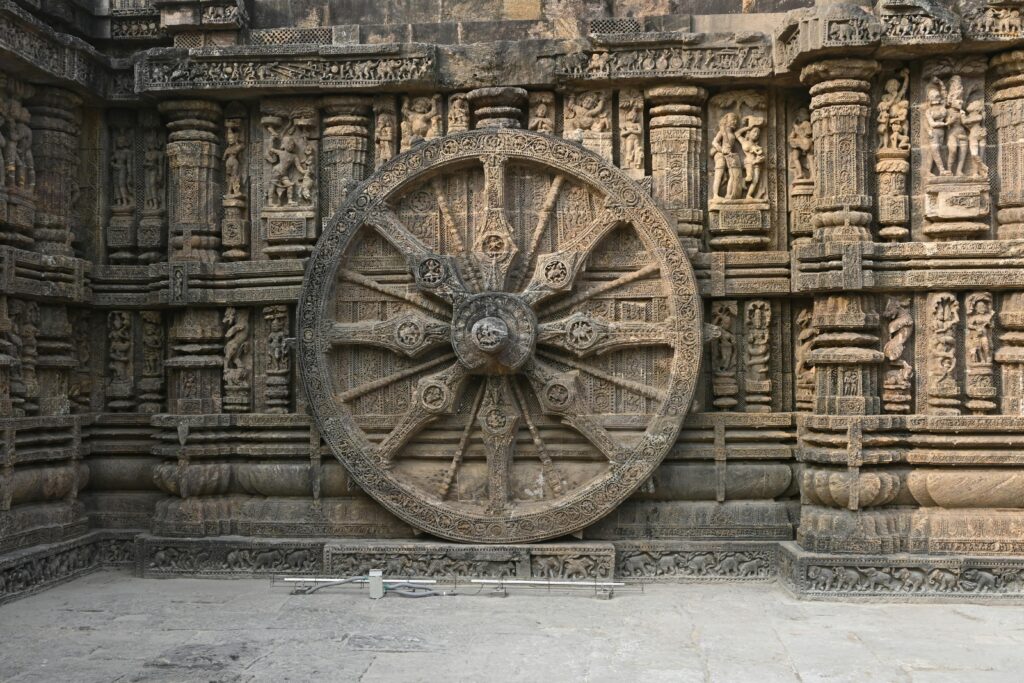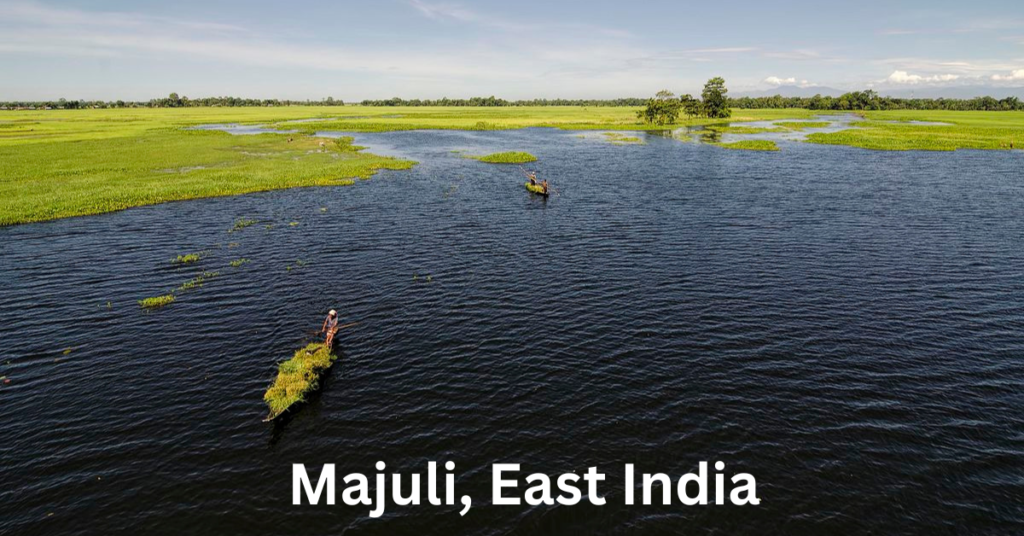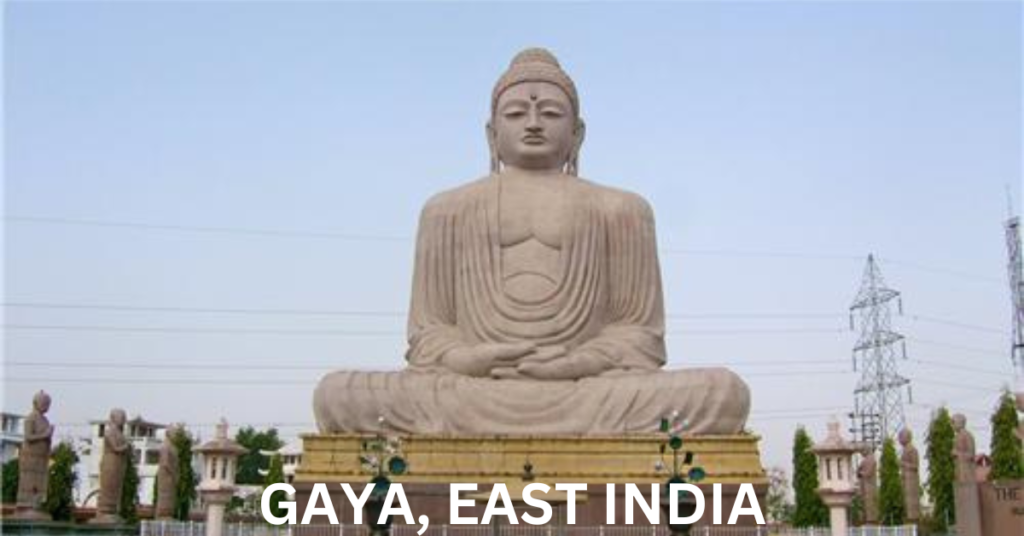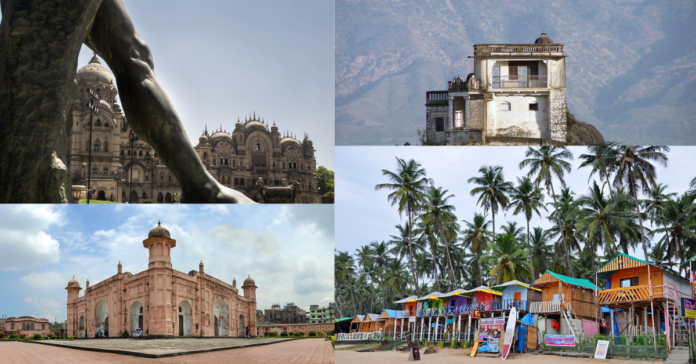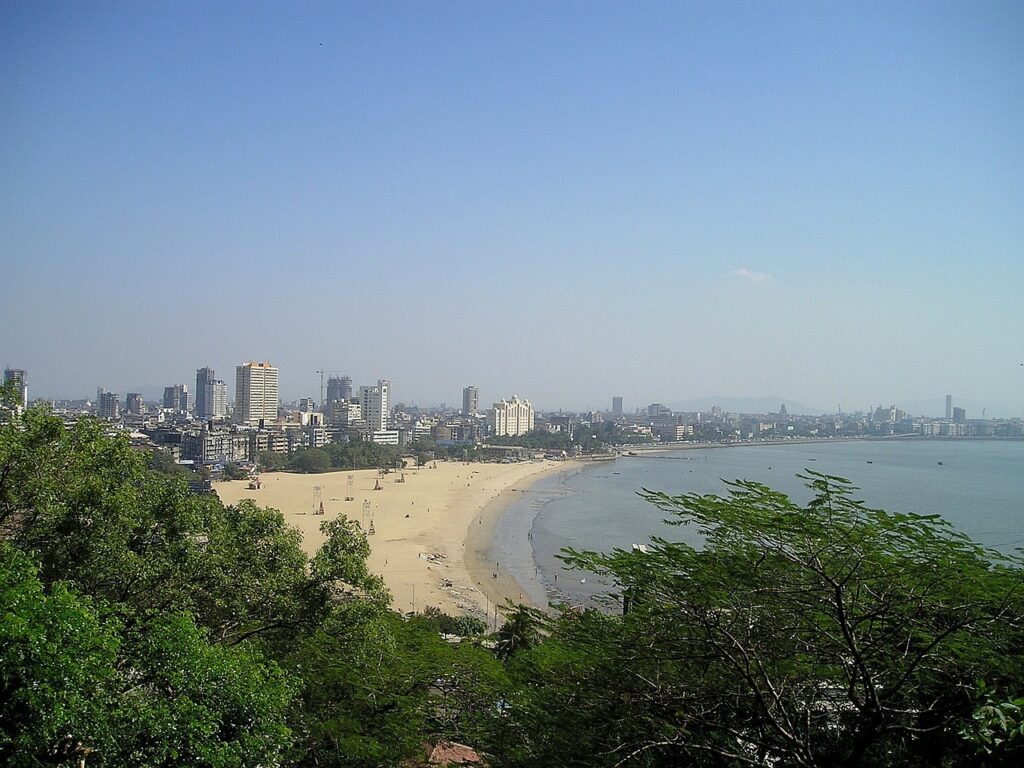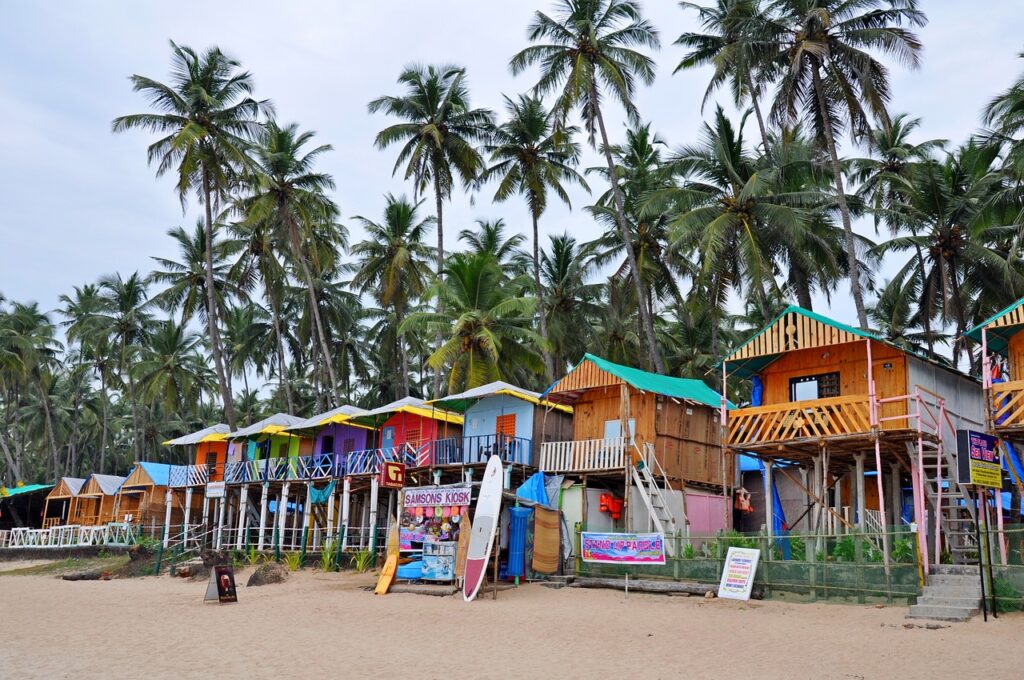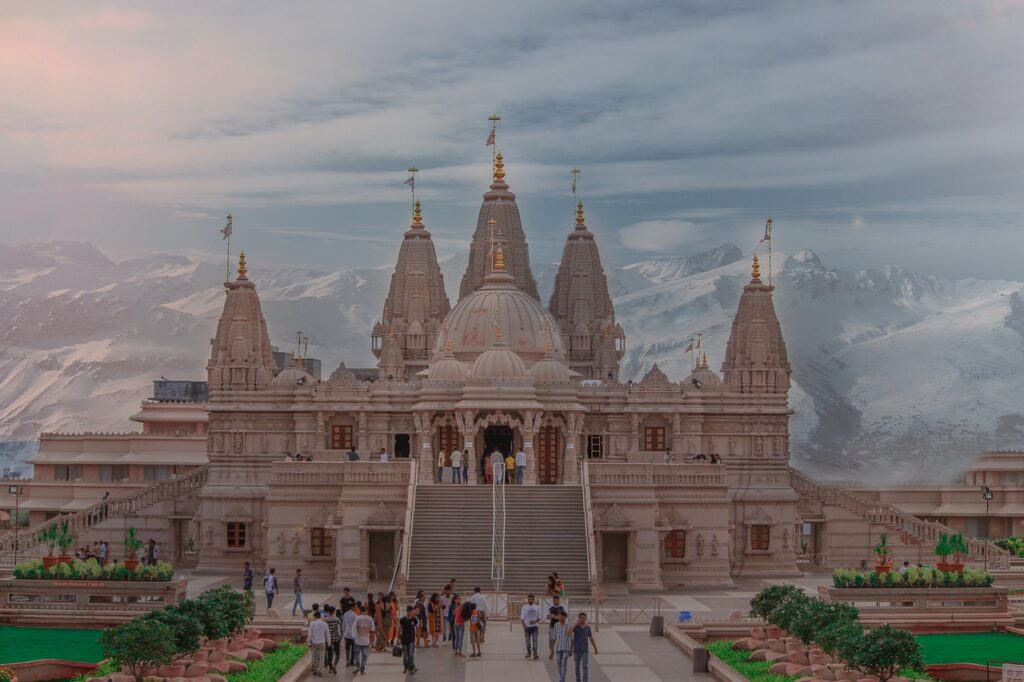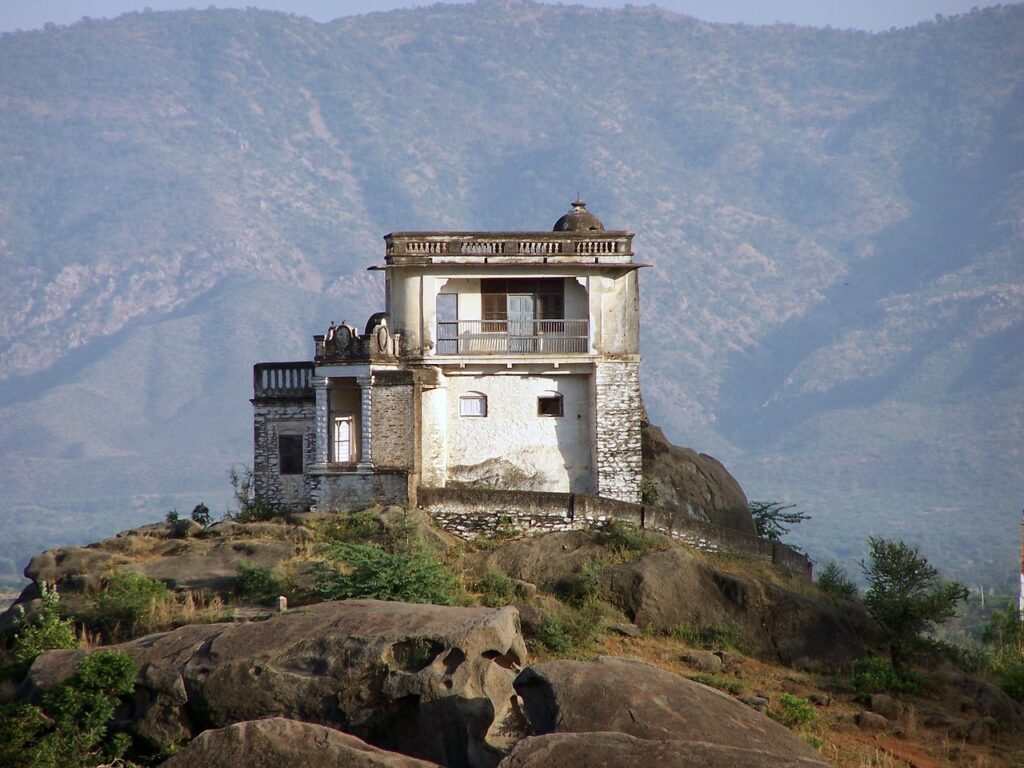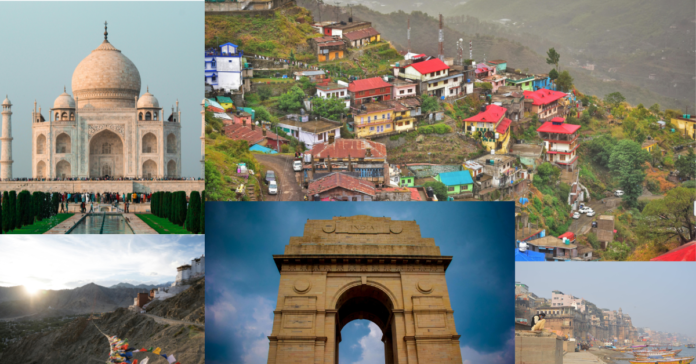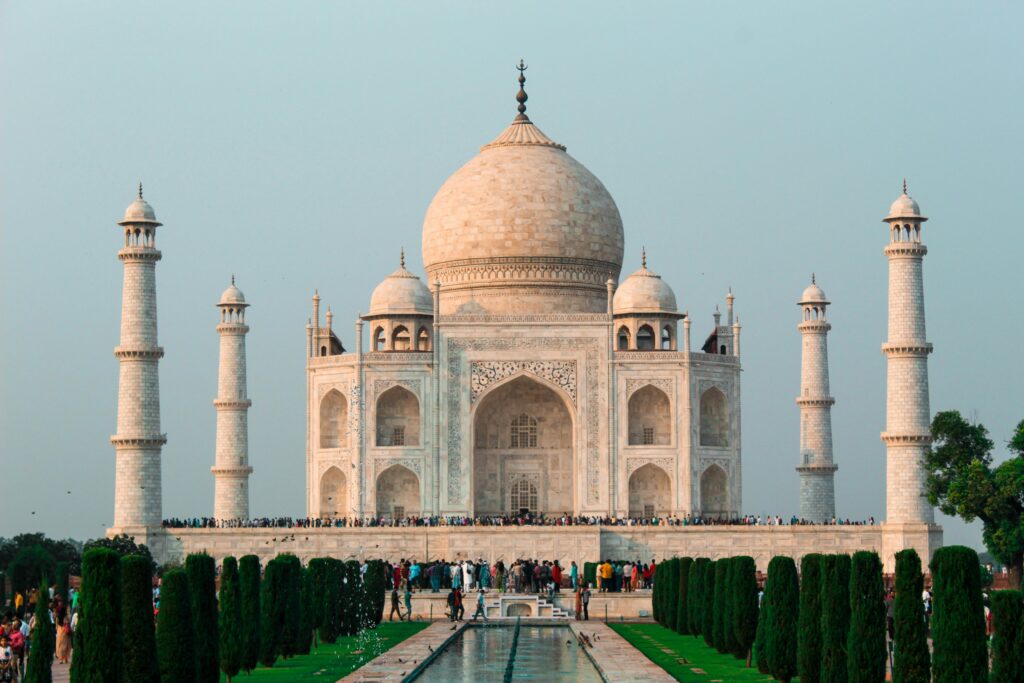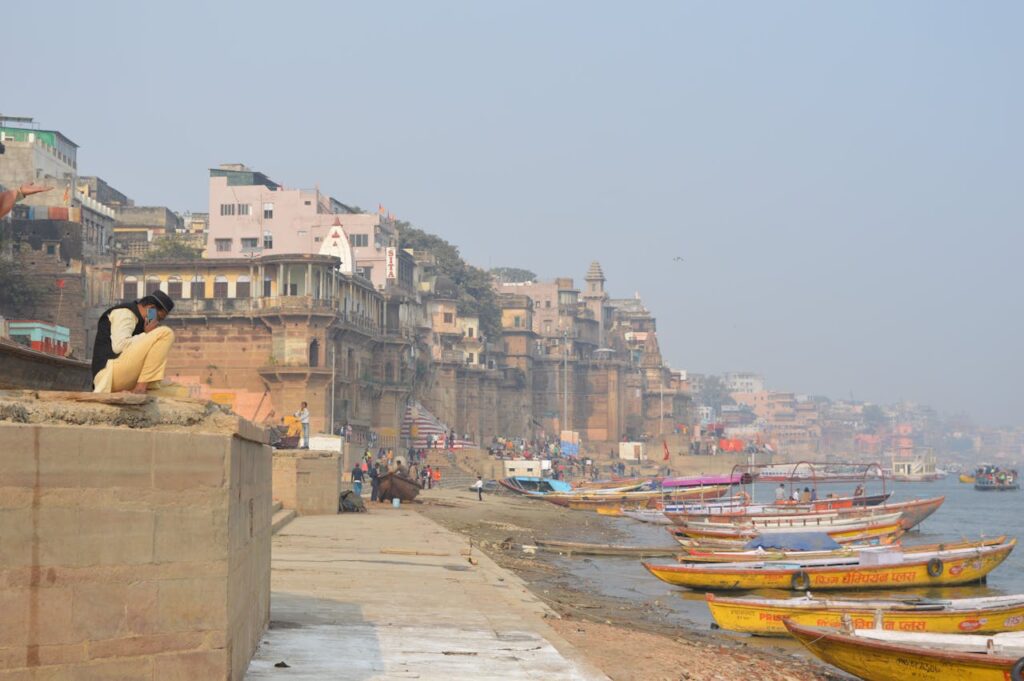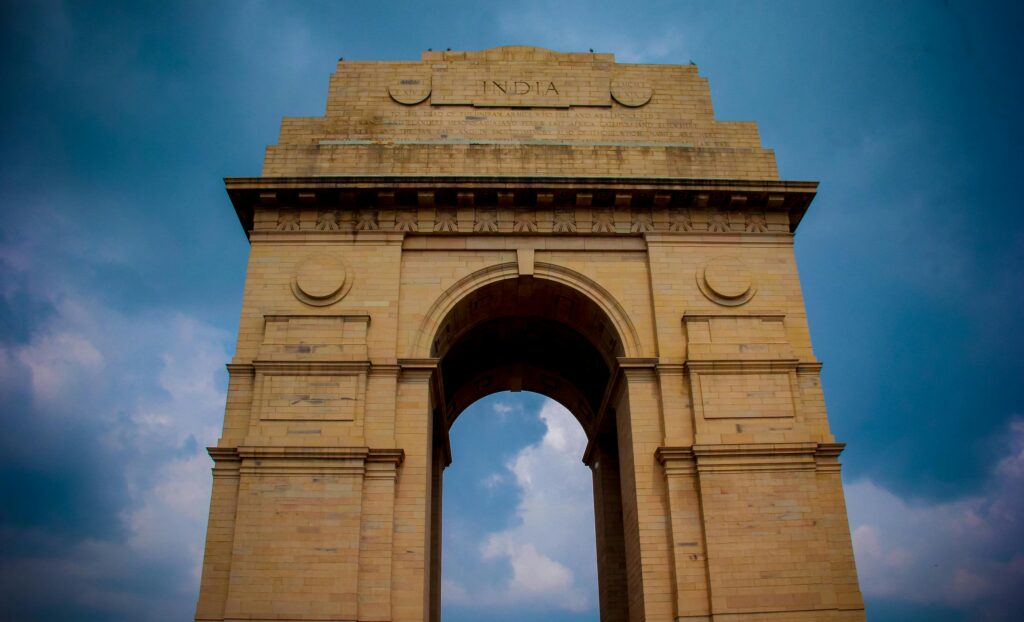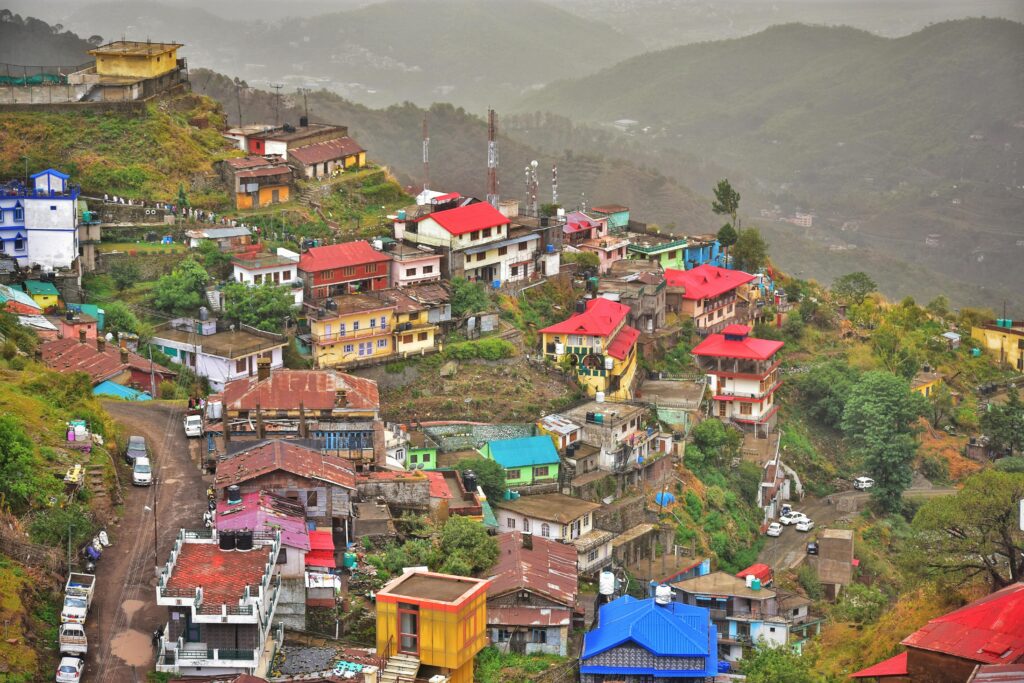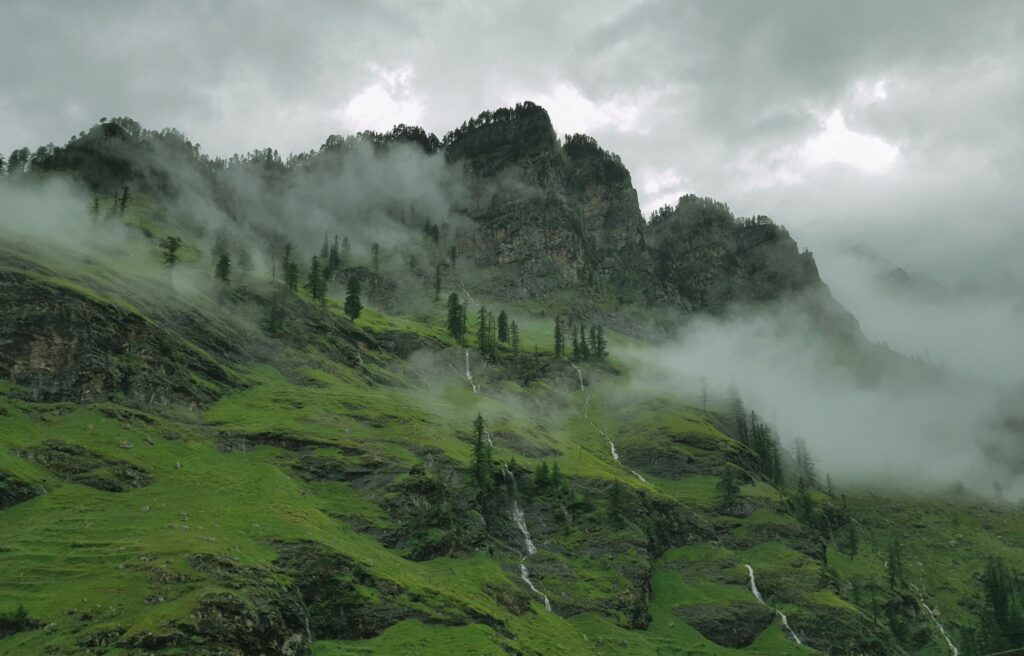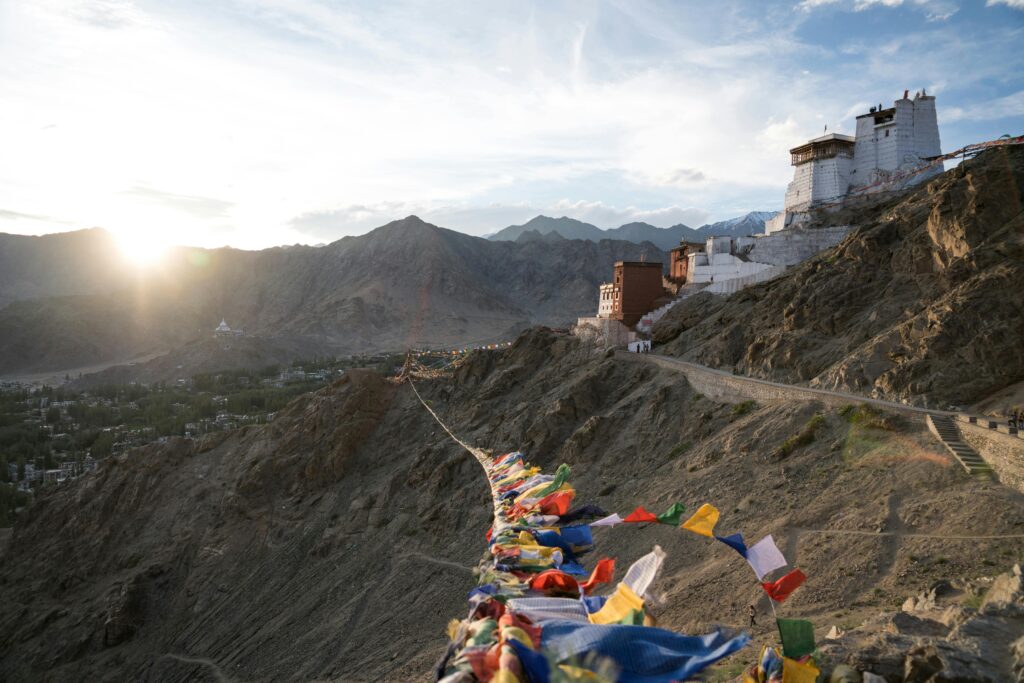The Charm of Yadagirigutta Temple
Located in the peaceful hills of Telangana, the Yadagirigutta Temple is a place of spiritual peace and historical wonder. Dedicated to Lord Lakshmi Narasimha Swamy, this temple attracts millions of people every year who come to seek blessings and explore its rich history.
Yadagirigutta Temple
Visiting the Yadagirigutta Temple is more than just a spiritual trip; it’s a dive into the deep cultural and religious traditions of India. The divine feeling is clear as soon as you step onto its holy grounds, making it a must-see for anyone exploring the spiritual places of Telangana.
Yadagirigutta Temple Timings
If you are planning a visit, knowing the Yadagirigutta Temple timings is important. The temple opens early in the morning at 3:30 AM for the Mangala Aarti and stays open until 9:30 PM after the Ekanta Seva. There are specific times for different services and prayers throughout the day, ensuring that every ritual is done with great care.
Yadagirigutta Temple Distance
The Yadagirigutta Temple is about 60 kilometers from Hyderabad and can be easily reached by road. The trip from Hyderabad to Yadagirigutta is a beautiful drive through green landscapes, making the distance an enjoyable part of the journey. For those coming from farther away, the temple is well-connected by train and bus services, ensuring a smooth travel experience.
Special Darshan Tickets Price
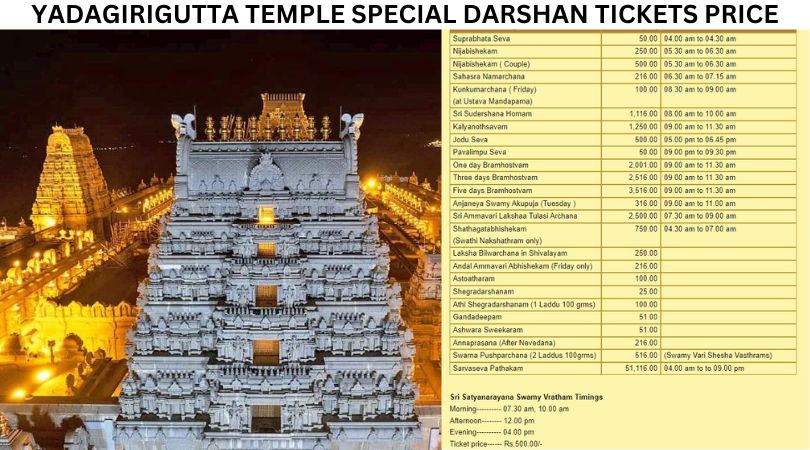
For those wanting a closer and quicker view of the deity, the Yadagirigutta Temple offers special darshan tickets. These tickets, which are reasonably priced, give access to shorter lines and a better view of the deity. The price of special darshan tickets varies depending on the day and festival but generally ranges from INR 150 to INR 300, making it an affordable choice for many.
Break Darsanam ( 9am to 10am ) Rs 300
| Darsanam Name | Rs (INR) | Timmings |
|---|---|---|
| Break Darsan | 300 | 9:00pm to 10:00pm |
| Break Darsan | 300 | 4:00pm to 5:00pm |
| Special Entry Darsan | 150 | 6:00am to 5:00pm |
Note: The pilgrims shall wear Traditional Dress only. Male: Dhoti, Shirt / Kurtha, Pyjama. Female: Saree / Half Saree / Chudidar with Dupatta. Temple Authority can reschedule or Cancel the Darshan at any time.
Online Booking
Today, the ease of online booking cannot be overstated. Yadagirigutta Temple has embraced technology, allowing visitors to book darshan tickets, lodging, and even special services online. This system saves time and ensures that visitors can plan their trip well, avoiding long lines and last-minute problems. visit official website for Online Darsanam tickets
Yadagirigutta Temple History

The history of Yadagirigutta Temple is rich with legend. It is believed that Lord Narasimha, an avatar of Lord Vishnu, appeared here to bless Sage Yadarishi, who was meditating in a cave. The temple has grown from a simple cave shrine to a grand architectural wonder, showing centuries of devotion and craftsmanship.
Lotus Temple in Yadagirigutta

Within the temple grounds, the Lotus Temple in Yadagirigutta stands as a symbol of peace. Shaped like a lotus, this temple is dedicated to the goddess of prosperity and wisdom. It offers a calm place for meditation and reflection, attracting those seeking inner peace.
Yadagirigutta Temple Reviews
Visitors often share their experiences, and the Yadagirigutta Temple reviews highlight the temple’s spiritual importance, neat management, and divine atmosphere. Many reviews praise the cleanliness, the well-organized darshan process, and the helpful temple staff, making it a highly recommended pilgrimage site.
Today, I visited the Lakshmi Narasimha Swami Temple at Yadadri and prayed for good health, prosperity, and well-being for the people of the Bhongir Parliamentary Constituency. Boora narsaiah goudవర్షంలో కనువిందు చేస్తున్న యాదాద్రి దివ్యక్షేత్రం….#Telangana
— Madhuri madhu (@Lovemadhu143) July 19, 2023
#YadadriTemple pic.twitter.com/JLIRB97WLH
Amin Post:
— Boora Narsaiah Goud (@NarsaiahBoora) March 6, 2024
ఈ రోజు యాదాద్రి లక్ష్మి నరసింహ స్వామి వారిని దర్శించుకుని భువనగిరి పార్లమెంట్ నియోజకవర్గ ప్రజలకు మంచి ఆరోగ్యం, శ్రేయస్సు, సౌభాగ్యం సిద్ధించాలని ఆ స్వామి వారిని ప్రార్థించాను.#YadadriTemple#booranarsaiahgoud#boora4bhuvanagiri#Yadadribhuvanagiri#Yadagirigutta pic.twitter.com/jH20uDepuN
Yadadri Temple: యాదాద్రి క్షేత్రంలో భక్తుల రద్దీ#YadadriTemple #SriLakshmiNarasimhaSwamy #Yadadri #TeluguNews pic.twitter.com/nLX5nctHUC
— Eenadu (@eenadulivenews) May 25, 2024
Nearby Place
Yadagirigutta is surrounded by several interesting and beautiful places that visitors can explore. Notable nearby places include Bhongir Fort, known for its historical importance and scenic views, and the peaceful Kolanupaka Jain Temple, Surendrapuri, and Swarnagiri Temple, which add to the area’s spiritual charm. These nearby attractions make a trip to Yadagirigutta a well-rounded experience.
Getting There
Getting to Yadagirigutta is easy with many travel options available. From Hyderabad, one can take a direct bus, hire a taxi, or drive. For those who prefer trains, the nearest station is Raigir, just a few kilometers from the temple. Detailed travel tips and route options are available online to help plan your journey smoothly.
Accommodation
Visitors to Yadagirigutta have many lodging options to choose from. From budget lodges to comfortable hotels, the area caters to all kinds of travelers. The temple also provides guesthouses that are both affordable and conveniently located, ensuring a comfortable stay for visitors.
also Read : Yadadri Temple Official Accommodation Buildings, Rates & Facilities
Food and Dining
Yadagirigutta offers various dining options for visitors. Several eateries and food stalls serve traditional South Indian dishes, ensuring that visitors can enjoy delicious and clean meals. The temple’s prasadam is especially popular, offering a divine culinary experience.
Temple Architecture
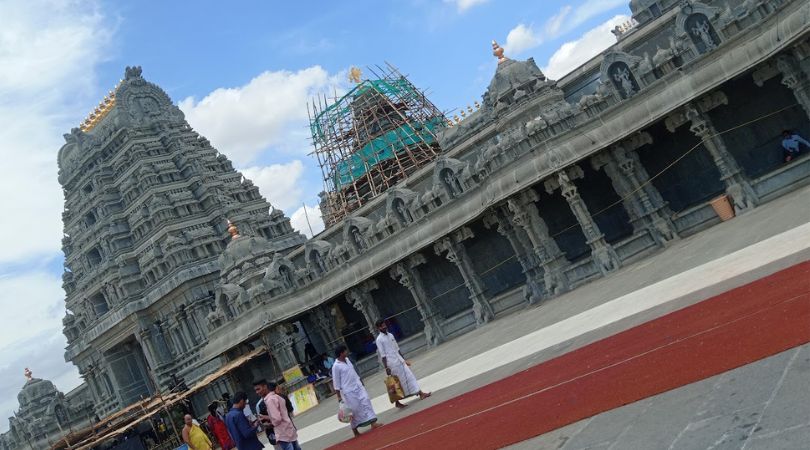
The Yadagirigutta Temple’s architecture is a testament to the region’s rich cultural heritage. The detailed carvings, the grand gopuram (tower), and the main shrine are all beautifully designed, reflecting the temple’s historical and religious importance. The architecture adds to the temple’s beauty and spiritual atmosphere.
Also Read : Yadagirigutta temple hidden secrets for tourists
Festivals and Events
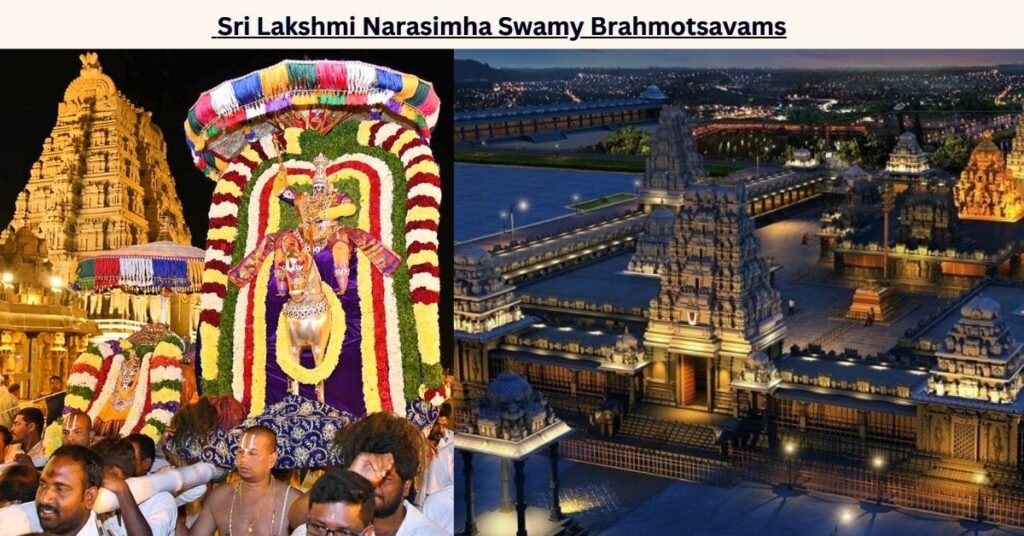
The Yadagirigutta Temple is a hub of vibrant festivals and events. Major festivals like Brahmotsavam and Narasimha Jayanti are celebrated with great enthusiasm, drawing thousands of devotees. These festivals feature elaborate rituals, cultural performances, and community feasts, adding to the temple’s lively atmosphere.
Spiritual Significance
Yadagirigutta Temple holds great spiritual importance for devotees of Lord Narasimha. The temple is believed to be a place where the deity grants the wishes of the faithful, offering protection and blessings. The spiritual energy of the temple is said to provide comfort and healing to those who visit.
Temple Rituals
The rituals at Yadagirigutta Temple are performed with great care and devotion. From the early morning aarti to the evening services, each ritual is designed to honor Lord Narasimha and provide spiritual enrichment to the devotees. Visitors can take part in various services and prayers, enhancing their spiritual experience.
Flora and Fauna
The area around Yadagirigutta Temple is rich in natural beauty, with diverse plants and animals. The hills and forests provide a peaceful backdrop to the temple, adding to its calm atmosphere. Nature lovers can enjoy the scenic beauty and peaceful environment during their visit.
Best Time to Visit
While the Yadagirigutta Temple is open all year, the best time to visit is during the winter months from November to February. The weather during this time is pleasant, making it ideal for exploring the temple and its surroundings. Festivals and special events also attract many visitors during these months.
Also Read : Yadagirigutta Temple: A Simple Guide to a Holy Visit
Security and Safety
The temple administration places high importance on the security and safety of visitors. Well-organized security measures, including CCTV cameras and patrolling, ensure a safe environment. Pilgrims can feel secure and focus on their spiritual journey without worries.
Photography Guidelines
Visitors are encouraged to capture their memories while following the temple’s photography rules. Photography is allowed in certain areas but is restricted in the main shrine and during specific rituals. These rules help keep the temple’s sanctity while allowing visitors to take home lasting memories.
Accessibility
Yadagirigutta Temple is committed to being accessible to all visitors, including the elderly and disabled. Ramps, wheelchairs, and dedicated assistance are available to ensure that everyone can comfortably visit and experience the temple. This inclusive approach makes the temple a welcoming place for all.
Donations and Contributions
Devotees can support the temple through donations and offerings, helping with its maintenance and various charitable activities. The temple accepts donations online and at designated counters, making it easy for visitors to contribute to the temple’s welfare.
Local Legends
Yadagirigutta Temple is surrounded by fascinating local legends and myths. Stories of miracles and divine acts associated with Lord Narasimha add to the temple’s charm and attract devotees seeking blessings. These legends enrich the cultural tapestry of the temple.
Environmental Initiatives
The temple administration actively participates in environmental conservation efforts. Initiatives like tree planting, waste management, and water conservation are implemented to protect and preserve the natural surroundings. These efforts show the temple’s commitment to sustainability and ecological balance.
A. The temple opens at 4:00 AM and closes at 9:30 PM, with specific times for different services and prayers throughout the day.
A. Yadagirigutta Temple is about 60 kilometers from Hyderabad, making it easily reachable by road.
A. Special Darshan tickets range from INR 100 to INR 500, depending on the day and festival.
A. Yes, Darshan tickets, lodging, and services can be booked online for convenience.
A. The Lotus Temple symbolizes peace and tranquility, offering a calm place for meditation and spiritual reflection.
A. Yes, nearby attractions include Bhongir Fort and Kolanupaka Jain Temple, Swarnagiri temple, among others.

